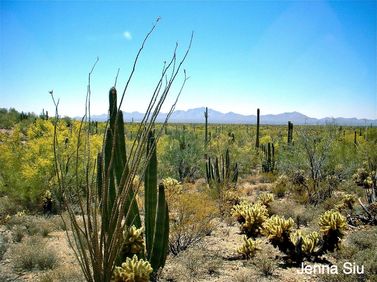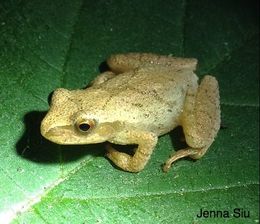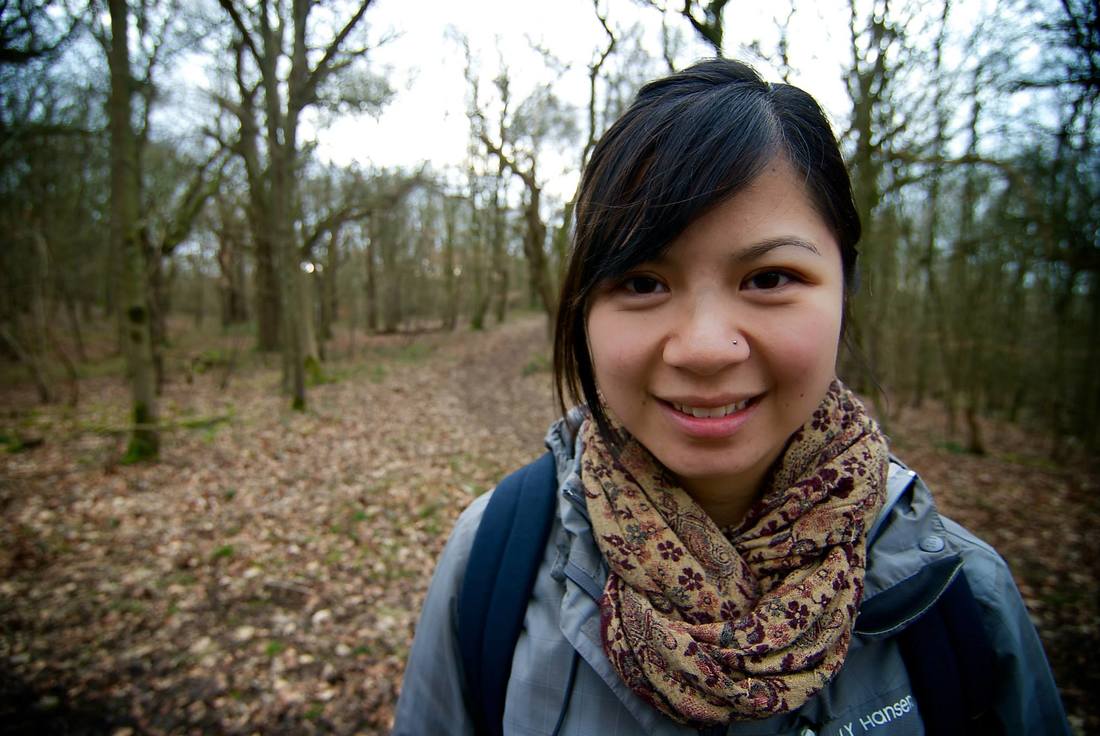|
By Jenna Siu When I was in grade school, I would spend some time at a friend’s lakeside cottage during the summer. We would catch toads and frogs and put them in a bucket with some water. I would think, "this is neat, they are slimy and weird looking." That was about the extent of my interest in wildlife back then. I cared for animals, but I didn’t understand them. It wasn't until I immersed myself in the field of biology and I learned about the Earth’s geological history and the evolutionary history of biodiversity that I began to value the nature I saw around me. All of a sudden the rocks, plants and animals had stories behind them that I wanted to hear. It's easy to get caught up in our day-to-day human activities. We often forget that the planet we live on has billions of years of history and plenty of tales to tell. The Earth is 4.543 billion years old to be exact. A timeline that is virtually inconceivable to us, with our short lives. The oldest evidence of life dates back to 3.5 billion years ago. Over a third of the Earth’s existence so far was spent going through geological changes that made it eventually habitable for life. Most of the biodiversity we are familiar with today are the descendants of the life forms from nearly 540 million years ago during the Cambrian Explosion. If the geological timescale was scaled to the timeline of one year, this event would have begun on November 18 at 5:11pm! I found this analogy quite astonishing and it helped put into perspective our place in the Earth’s history. Between then and now there has been a myriad of organisms where some lineages live on today and others have gone extinct. One story that has stuck with me is about one of the oldest lineages still around today, sharks. Sharks are some of the earliest jawed fish to have evolved around 425 million years ago. Their body shape has remained largely unchanged and species from millions of years ago would still be recognizable to us today as sharks. Some may describe them as primitive, but these animals have found an incredibly successful life strategy and stuck with it. They have survived warming periods, ice ages and four mass extinctions! In comparison, Homo species began to appear less than 2 million years ago. When scaled to a year-long timeline, our species, Homo sapiens, appeared on December 31 at 11:48 pm. In other words, we are a very young species, one that is in our infancy, geologically speaking. We have become an incredibly influential species in nature, for better or for worse, but when it comes our long-term success that is yet to be determined. Sharks, on the other hand, got something right to have lasted this long. Our species could probably learn a thing or two from them if we want to ensure our legacy continues. Similarly, it is easy to overlook the millions of species we co-exist with. It is easy to think that humans are the greater species; everything that came before was leading up to us. However, in studying ecology we learn that it is a less linear progression and that species adapt in a way that makes them well suited for their particular environment. The evolution of biodiversity is more like a web growing outward in different directions rather than a tree growing only upward. There is nothing like going to a harsh environment to see first hand the incredible adaptations species have to deal with these challenges. During my undergraduate, I took a field course to the Sonoran desert. Deserts are dry, hot and water is a precious resource, yet plenty of life has found unique ways to cope with the challenges. The saguaro cacti are succulent plants that have deep taproots that can reach groundwater. Some plants have small waxy leaves to better retain water in the dry heat. I began to see that one species is not necessarily superior than another, but rather each species is well adapted to its niche and is part of a greater, complex and well-tuned system. A system that has had millions of years to work out the kinks and that continues to adapt. Over the last several years, I have started to discover the story behind a fraction of the biodiversity past and present. This is what compelled me to start caring about the state of biodiversity today. Listening to and observing the story of life on our planet changed my perspective from one that was human-centric to one that views each species, including us, as part of a larger picture in nature. Now when I find a frog, my thought process is very different from my earlier days. I think about what species it is, why I found it in a particular area and what it was doing. I also think about how amphibians were the first land vertebrates and the adaptations that allowed for this new way of life. Now knowing more about their biology, I am more wary of catching and handling them than I once was. It can cause unnecessary stress for an animal and if not careful, any residue left on my hands could be absorbed through their sensitive skin and cause them harm. We have learned a lot about the natural world through research and observation, but there is so much more to be discovered. When we know about the biodiversity around us and gain a greater understanding of it, we can appreciate it and respect it. After all, the history of the Earth and the biodiversity around us is part of our very existence, our story and necessary for our survival. This blog is also posted on Jenna's website.
1 Comment
|
ELB MembersBlogs are written by ELB members who want to share their stories about Ontario's biodiversity. Archives
January 2023
Categories
All
|




 RSS Feed
RSS Feed